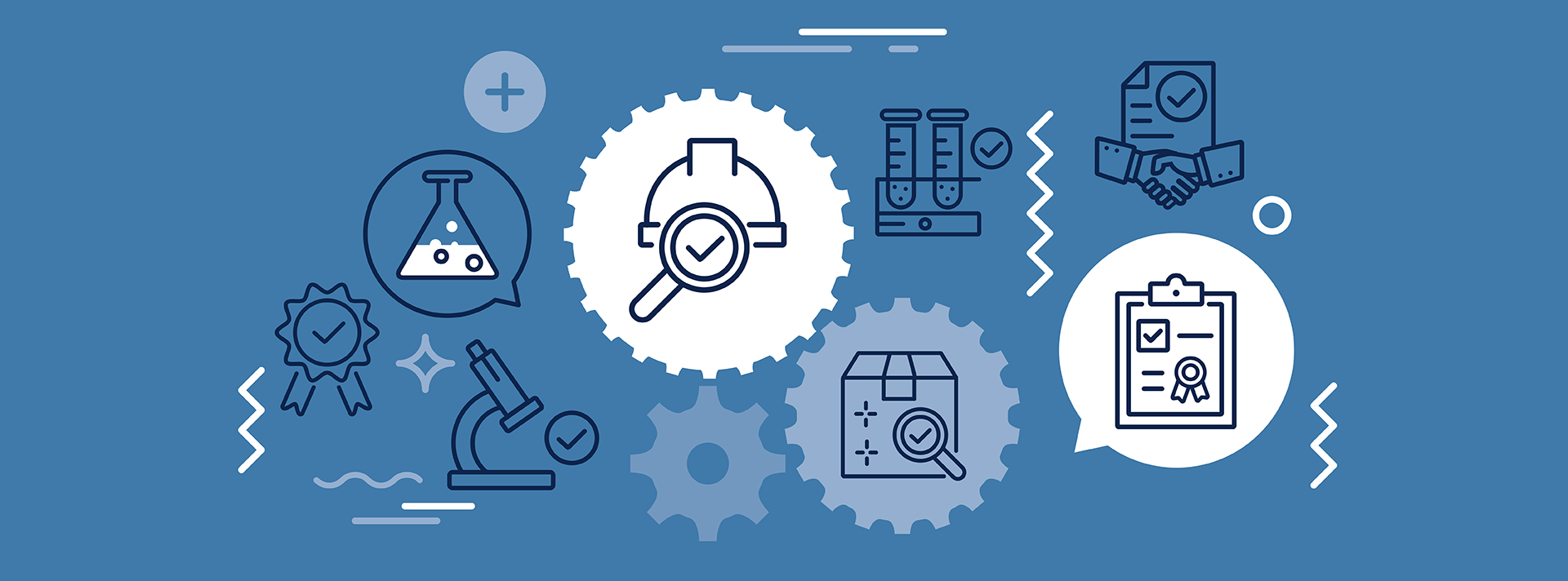RID/ADR Compliance Testing of Tank Wagons for Hazardous Goods
The Railway and International Transport Regulations (RID) and the Agreement concerning the International Carriage of Dangerous Goods by Road (ADR) are crucial international standards that regulate the safe transport of dangerous goods, including hazardous materials. Tank wagons are a critical component in this transportation network, as they carry volatile substances such as chemicals, petroleum products, and other hazardous materials.
Compliance with these regulations is mandatory for all tank wagon operators to ensure the safety not only of the personnel involved but also of the general public and the environment. The testing process ensures that tank wagons meet stringent requirements regarding design, construction, and operational parameters. This article delves into the specifics of RID/ADR Compliance Testing of tank wagons for hazardous goods.
The primary focus is on ensuring the integrity, pressure resistance, and leak-tightness of the tank wagons, which are critical to prevent accidents such as spills or explosions. This testing involves a series of rigorous checks that include structural inspections, hydrostatic tests, pressure testing, and visual inspections. The process ensures that the tank wagons can safely transport hazardous materials across international borders.
Accredited laboratories play a pivotal role in this testing, providing accurate and reliable results to ensure compliance with both national and international standards. These labs are equipped with state-of-the-art facilities and experienced personnel who understand the nuances of the testing process. The following sections will explore why this testing is essential, its applications across various industries, real-world use cases, and frequently asked questions.
Why It Matters
The safe transport of hazardous materials by tank wagons is a critical aspect of global supply chains. Compliance with RID/ADR regulations ensures that these materials are transported without causing harm to people, the environment, or infrastructure. Non-compliance can lead to severe accidents, environmental damage, and financial losses.
From an operational standpoint, non-compliant tank wagons may face penalties, fines, and even legal action. Additionally, there is a reputational risk associated with being caught in violation of these regulations, which could impact customer trust and business operations. Therefore, compliance testing is not just a regulatory requirement but also a necessity for maintaining a safe transportation network.
The testing process involves several key stages, each designed to ensure that the tank wagons meet the necessary safety standards. These include:
- Visual inspection: Ensuring there are no visible signs of damage or wear on the tank wagon.
- Hydrostatic test: Checking the integrity and pressure resistance of the tank under controlled conditions.
- Pressure testing: Verifying that the tank can withstand operational pressures safely.
- Leak-tightness check: Ensuring there are no leaks in the system, which could lead to hazardous spills.
Each stage of this process is critical in maintaining the highest standards of safety and reliability. By adhering to these stringent testing protocols, tank wagon operators can ensure that their vehicles meet the necessary requirements for transporting hazardous goods safely and efficiently.
Industry Applications
The RID/ADR Compliance Testing of tank wagons is applicable across various industries where the transport of hazardous materials is a key component. These include:
- Petrochemicals: Transporting refined petroleum products and chemicals.
- Cosmetics: Handling volatile substances used in production processes.
- Pharmaceuticals: Moving ingredients and finished products that are regulated as hazardous goods.
- Chemicals: Shipping a wide range of chemical compounds including acids, bases, and solvents.
In each of these industries, the safe transport of hazardous materials is critical. Compliance with RID/ADR standards ensures that tank wagons can be used reliably across international borders without causing harm to people or the environment.
The testing process involves several key stages, each designed to ensure that the tank wagons meet the necessary safety standards. These include:
- Visual inspection: Ensuring there are no visible signs of damage or wear on the tank wagon.
- Hydrostatic test: Checking the integrity and pressure resistance of the tank under controlled conditions.
- Pressure testing: Verifying that the tank can withstand operational pressures safely.
- Leak-tightness check: Ensuring there are no leaks in the system, which could lead to hazardous spills.
The testing process is critical for ensuring that these materials can be transported safely and efficiently. By adhering to these stringent testing protocols, tank wagon operators can ensure that their vehicles meet the necessary requirements for transporting hazardous goods safely and efficiently.
Use Cases and Application Examples
| Industry | Application Example | RID/ADR Compliance Requirement | Testing Methodology |
|---|---|---|---|
| Petrochemicals | Transporting refined petroleum products and chemicals. | Ensuring that tank wagons meet the necessary safety standards for transporting hazardous materials across international borders. | Involves visual inspection, hydrostatic test, pressure testing, and leak-tightness check. |
| Cosmetics | Handling volatile substances used in production processes. | Ensuring that tank wagons are safe for transporting cosmetics containing hazardous materials. | Involves visual inspection, hydrostatic test, pressure testing, and leak-tightness check. |
| Pharmaceuticals | Moving ingredients and finished products that are regulated as hazardous goods. | Ensuring the safety of pharmaceutical transport by tank wagons. | Involves visual inspection, hydrostatic test, pressure testing, and leak-tightness check. |
| Chemicals | Shipping a wide range of chemical compounds including acids, bases, and solvents. | Ensuring that tank wagons are safe for transporting chemicals across international borders. | Involves visual inspection, hydrostatic test, pressure testing, and leak-tightness check. |
The testing process is critical for ensuring that these materials can be transported safely and efficiently. By adhering to these stringent testing protocols, tank wagon operators can ensure that their vehicles meet the necessary requirements for transporting hazardous goods safely and efficiently.





